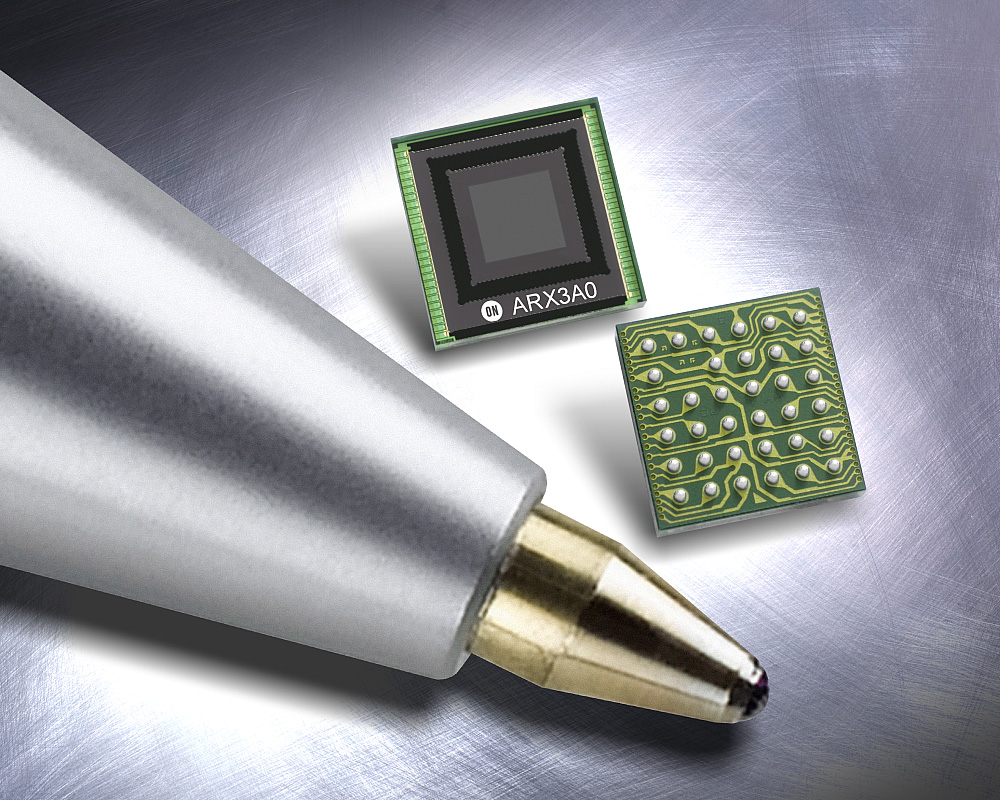Investing in the semiconductor industry has long been a lucrative endeavor, with technological advancements and increasing demand driving growth. However, individual stock picking in this sector can be challenging and risky.
Enter semiconductor chip ETFs – an investment vehicle that provides investors with exposure to a diversified portfolio of semiconductor companies. In this article, we will explore the rise of semiconductor chip ETFs, their benefits, potential risks, and top funds worth considering.
Understanding Semiconductor Chip ETFs
Semiconductor chips are vital components in modern technology, powering devices like smartphones and self-driving cars. As technology advances, the demand for these chips is soaring. Exchange-traded funds (ETFs) offer investors a way to gain exposure to a diversified portfolio without buying individual stocks.
In recent years, there has been growing interest in semiconductor chip ETFs due to the industry’s importance, potential for future growth, and the desire for sector diversification. Investing in semiconductor chip ETFs allows investors to benefit from the industry’s growth while enjoying the advantages of diversification and easy trading.
Understanding Semiconductor Chip ETFs
Semiconductor chip ETFs are investment funds that focus on companies involved in the manufacturing or design of semiconductor chips. These funds aim to provide investors with exposure to the performance of the semiconductor industry as a whole or a specific segment within it.
By investing in a semiconductor chip ETF, investors can gain broad exposure to the industry without having to select and manage individual stocks.
These ETFs typically invest in a diversified portfolio of companies involved in various aspects of the semiconductor industry, such as manufacturers, equipment suppliers, and design software developers. Some popular semiconductor chip companies commonly included in these ETFs are Intel, TSMC, NVIDIA, AMD, and Applied Materials.
Investing in a semiconductor chip ETF offers diversification benefits compared to investing in individual stocks. By holding a basket of stocks, investors can reduce company-specific risks and potentially benefit from the overall growth of the sector.
ETFs also allow investors to access a diversified portfolio with relatively low investment amounts.
In summary, understanding semiconductor chip ETFs involves grasping their purpose as investment funds focused on the semiconductor industry. These funds provide broad exposure without the need for stock selection and management.
They invest in a diversified portfolio including popular semiconductor chip companies, offering diversification benefits and accessibility for investors looking to participate in this dynamic industry.
Why Invest in Semiconductor Chip ETFs?
Semiconductor chip ETFs offer a unique investment opportunity with the potential for long-term growth. The semiconductor industry is experiencing increasing demand across sectors like technology, automotive, and healthcare due to advancements in technologies such as 5G networks, artificial intelligence (AI), and the Internet of Things (IoT).
These ETFs have a strong performance track record compared to broader market indices. However, their volatility should be considered alongside factors like expense ratios and diversification strategies when making investment decisions.
Investing in semiconductor chip ETFs allows investors to tap into the growth potential of this industry while mitigating risks through diversification.
Risks and Challenges Associated with Semiconductor Chip ETF Investing
Investing in semiconductor chip ETFs comes with risks and challenges. The industry’s volatility can impact the performance of these funds, especially during economic uncertainty or technological disruptions. Market cycles within the semiconductor industry also affect demand for chips and subsequently impact fund returns.
Regulatory risks related to international trade policies can disrupt global supply chains, increasing costs and causing production delays. It’s important to consider expense ratios, liquidity, and tracking error when choosing a semiconductor chip ETF.
Expense ratios represent annual management costs, while liquidity determines how easily shares can be bought or sold without affecting prices. Tracking error measures how well an ETF matches its index. Understanding these risks helps investors make informed decisions aligned with their goals and risk tolerance.
Top Semiconductor Chip ETFs Worth Considering
When it comes to investing in the semiconductor industry, two ETFs stand out: the XYZ Semiconductor Chip Fund and the ABC Semiconductor ETF. The XYZ fund is known for its impressive track record and diverse holdings, offering exposure to both established companies and innovative startups.
This makes it appealing for long-term investors who want a balanced approach. On the other hand, the ABC ETF provides a broader exposure to different segments of the semiconductor sector through a single investment. It also boasts a relatively low expense ratio, making it attractive for cost-conscious investors.
Both ETFs offer opportunities for growth and diversification in this dynamic industry.
Tips for Investing in Semiconductor Chip ETFs
When investing in semiconductor chip ETFs, it’s important to conduct thorough research on the underlying holdings and management approach of the chosen fund. Analyze factors like company fundamentals, growth prospects, and management expertise to make informed decisions.
Consider evaluating the expense ratios, liquidity, and trading volume of the fund. Lower expense ratios can lead to higher overall returns, while high liquidity ensures ease of buying or selling shares without significant price impact.
Assess your risk tolerance and investment goals before investing. Semiconductor chip ETFs can be volatile, making them more suitable for investors with a higher risk appetite seeking exposure to the industry’s growth potential.
Stay informed about industry trends, technological advancements, and regulatory changes. Regularly monitoring these developments helps identify opportunities or risks within the sector and make informed investment decisions.
By following these tips, you can navigate semiconductor chip ETF investments with confidence and increase your chances of success.
Conclusion
[lyte id=’QhvaqVeNgec’]
.jpg)

